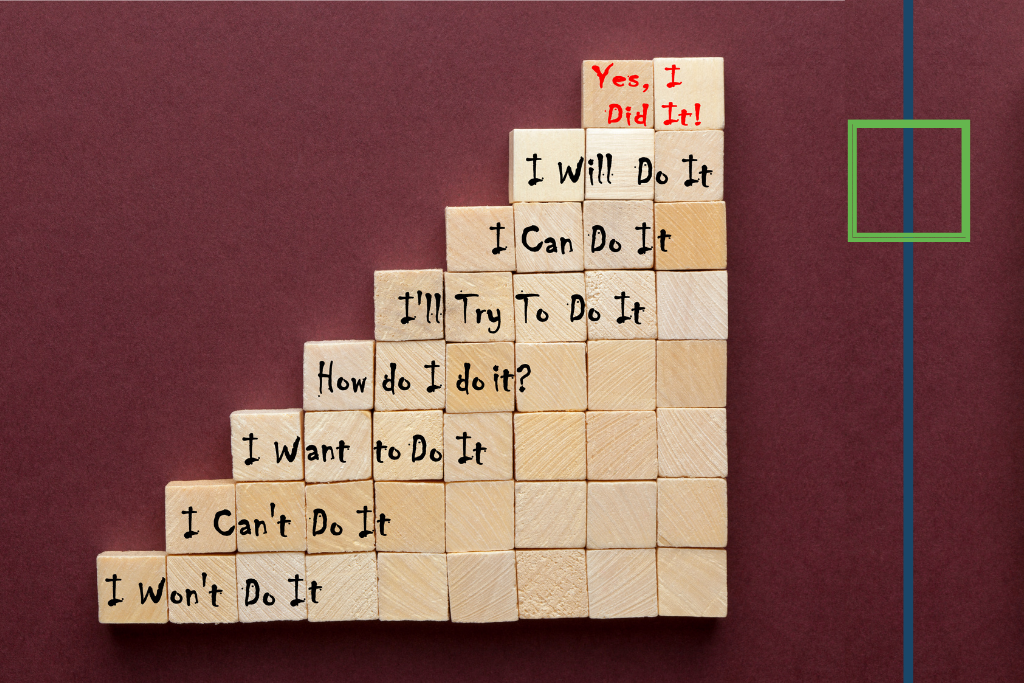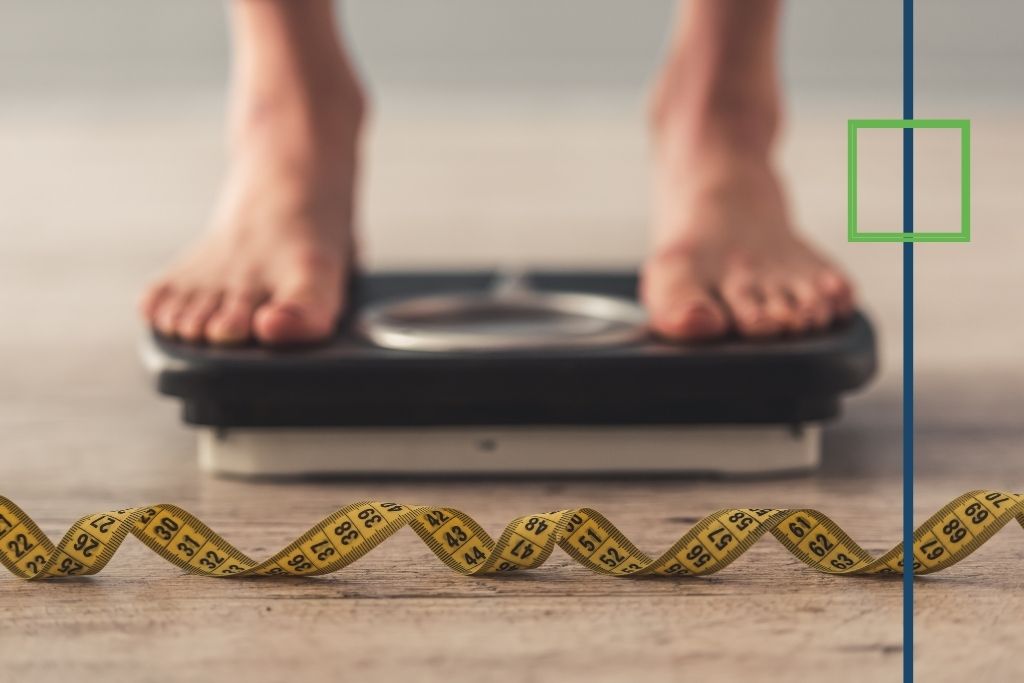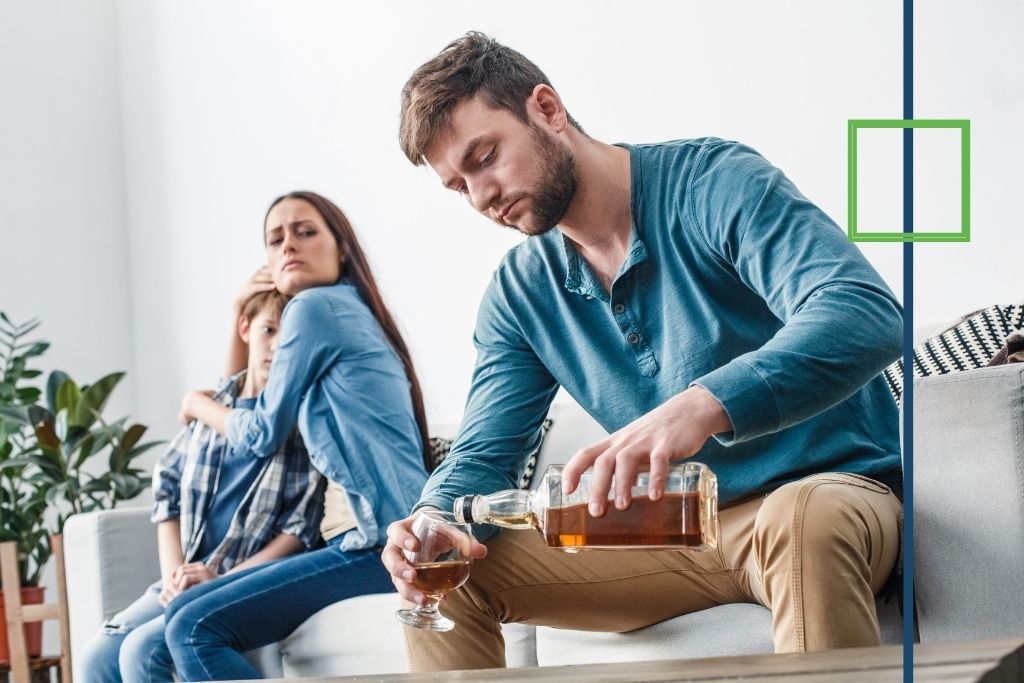Alcohol must be the single most interesting substance consumed in America over the past century. Think about it; in just 100 years we have gone from prohibition to the emergence of craft breweries. Without a doubt, alcohol has been a hot topic to follow. Let’s take a look at alcohol consumption over the last century, starting with the year 1920: the start of prohibition.
1920: Prohibition
One century ago was the mark of a major part of American history, prohibition. Alcohol consumption has long been a practice incorporated into religion, celebration, and day to day life throughout the world. However, alcohol has also been a source of addiction, crime, and death. Leading up to 1920, many counties had already implemented a band on the sale of alcohol, but when the 18th Amendment was passed on January 17, 1920, it banned the sale, manufacture, and transportation of alcoholic beverages across the entire country. The ban on selling alcohol had already begun to show a drop in rates of alcohol consumption and although it is believed that alcohol consumption continued to drop off at the beginning of Prohibition, it was also believed to be a short-lived dip.
1922: Economic Recovery
Marking the end of a small rescission, 1922 was a year where American’s finances and rebounded and they could afford to make luxury purchases again. Although alcohol sales were illegal and the government couldn’t track alcohol consumption that way, they were still able to look at alcohol-related accidents and arrests. These reports do align with the presumed increase in alcohol consumption from 1922 through the end of the ’20s.
1929: The Great Depression
When the great depression hit in 1929, the pressure to repeal Prohibition began to rise. The argument was that it would create much-needed jobs and help stimulate the economy. After a few years, it became clear to the Roosevelt administration that repealing the 18th Amendment should be considered.
1933: The End of Prohibition
In 1933, the government officially repealed the 18th Amendment. By the end of the year, Prohibition had come to an end. Although alcohol consumption rates were lower than they were in the early 1900s, these rates rose over the next couple of decades back to pre-prohibition numbers. This is one of the man reasons why Prohibition has since been considered a failure.
Alcohol consumption and alcohol addiction were issues that were clearly not solved nor effectively controlled back in the 1920s. Since Prohibition, various studies, organizations, and administrations have tried to understand and solve what is still a major issue in Americal: alcoholism.
1939: Alcoholics Anonymous
In 1939, Bill Wilson, published the book Alcoholics Anonymous: The Story of How More Than One Hundred Men Have Recovered From Alcoholism, also referred to as The Big Book. This book would become the foundation for the organization, Alcoholics Anonymous. Although this organization had a slow start, Alcoholics Anonymous chapters can now be found in over 170 countries, and the Big Book is one of the most all-time sold books with over 30 million copies sold.
1954: Science and Alcoholism
Throughout the 1900s, various studies were conducted and discoveries were made in the search to understand alcoholism. Maybe it was the 1953 discovery of DNA, but in the coming years, the idea of alcoholism as a disease was gaining traction. A 1954 report put out by the WHO recognizing the effects that alcohol can have on an individual, stated that “the personal make-up is the determining factor, but the pharmacological action (of alcohol) plays a significant role”. The understanding of how alcohol affects the brain and the rest of the body was really just beginning.
The 1970s: Risk Factors for Alcoholism
Studies conducted in the 1970s further expanded on our understanding of alcoholism and the question of whether alcoholism is a genetic condition or something that is learned. The consensus: it can be either. Although there are a number of genetic factors involved, there are a number of environmental factors that can also contribute to the development of an alcohol use disorder. These findings have been critical in terms of educating therapists and other addiction specialists in helping individuals recovering from alcoholism.
The 20th Century Comes to an End
Continued efforts to understand alcohol addiction have shown that various treatments from CBT to Alcoholics Anonymous and medication-assisted treatment are all effective, but not every treatment is effective for every individual. Going into the 21ts century, treatment options only continued to expand and improve. Although alcohol consumption remains highly prevalent and relapse rates are high, we now know that it may take several types of treatments to find what works for a particular individual.
2020: Alcohol Consumption Today
In the year 2020, alcohol consumption is as prevalent as ever. According to the National Institute on Alcohol Abuse and Alcoholism, “86.3 percent of people ages 18 or older reported that they drank alcohol at some point in their lifetime” and 14.4 million adults are struggling with an alcohol use disorder (AUD). Every day researchers are working to better understand this illness. Additionally, at Level Up Lake Worth, or professionals are dedicated to helping individuals with an AUD in the recovery journey.
Sources:
https://theconversation.com/how-prohibition-changed-the-way-americans-drink-100-years-ago-129854
https://academic.oup.com/alcalc/article/35/1/10/142396
https://www.niaaa.nih.gov/publications/brochures-and-fact-sheets/alcohol-facts-and-statistics





